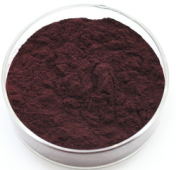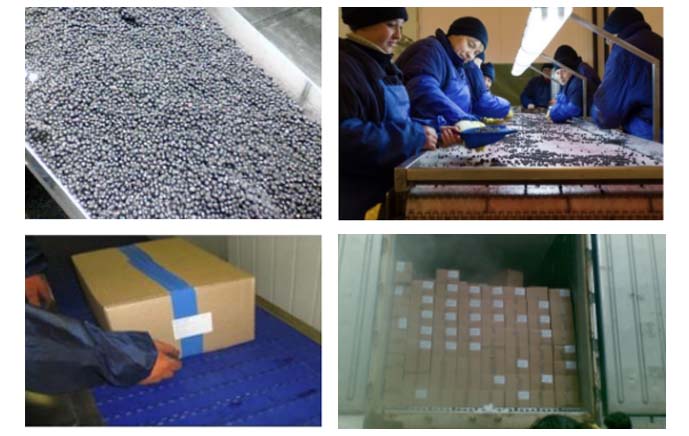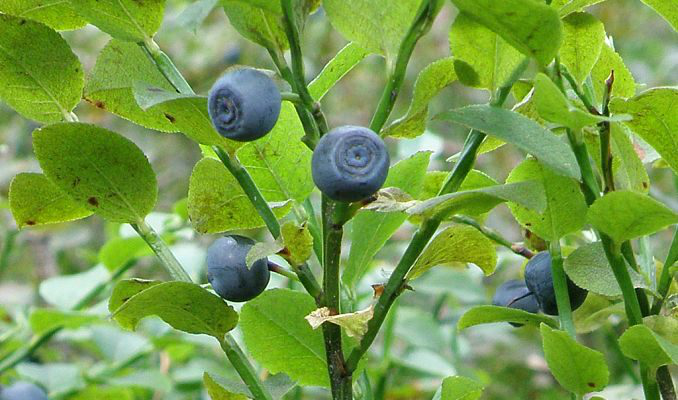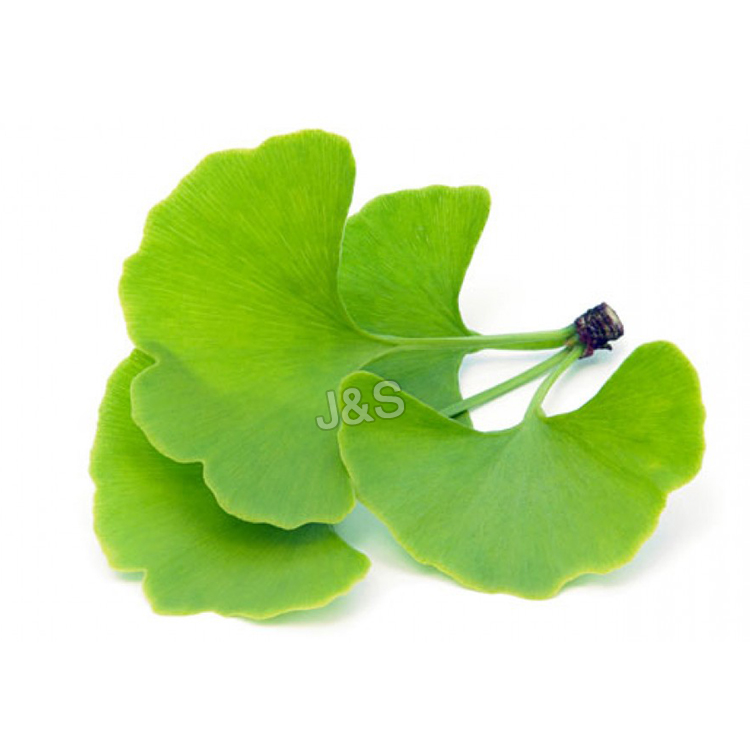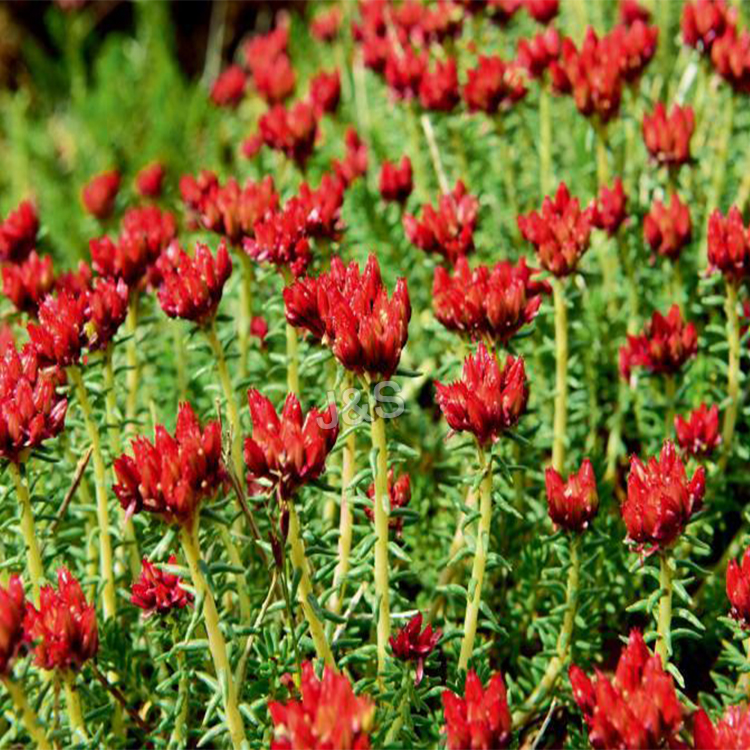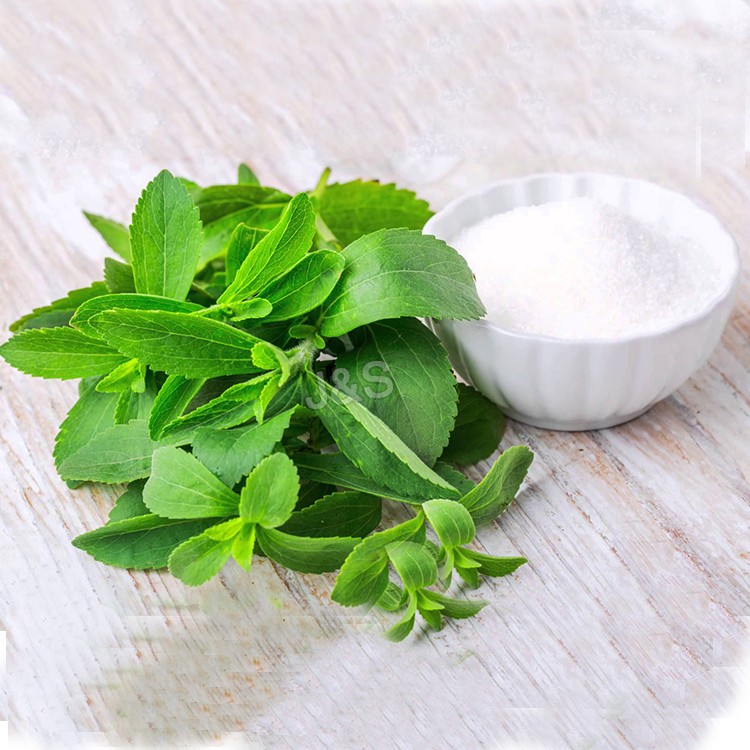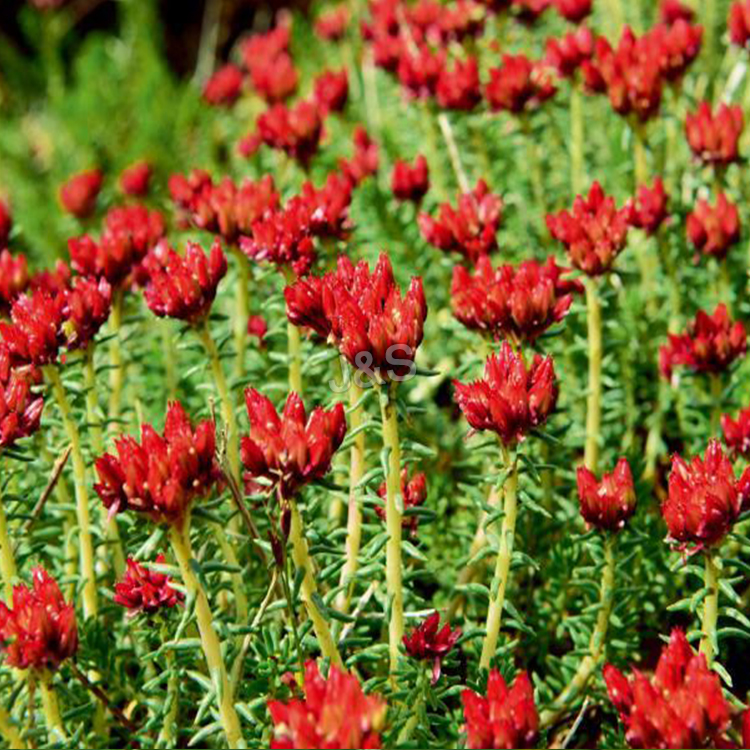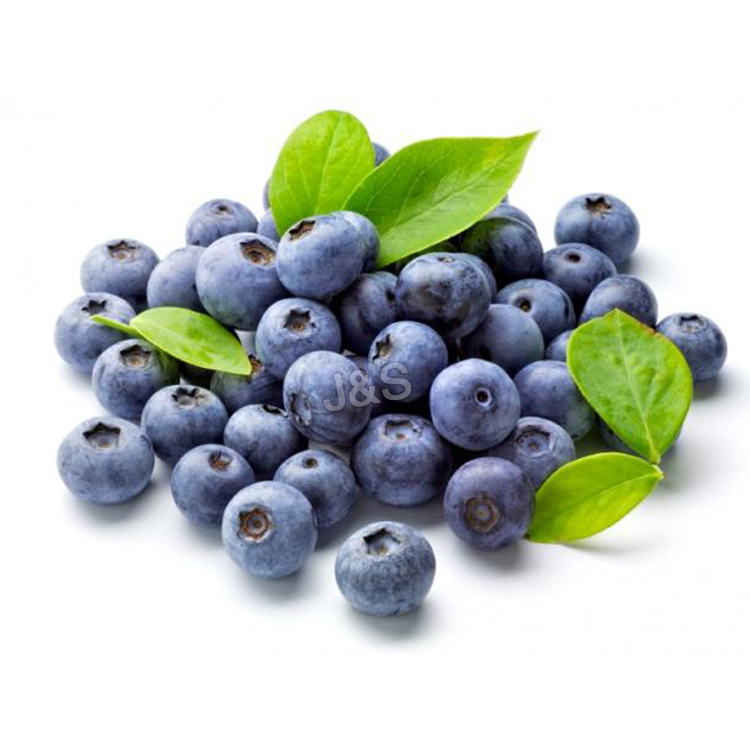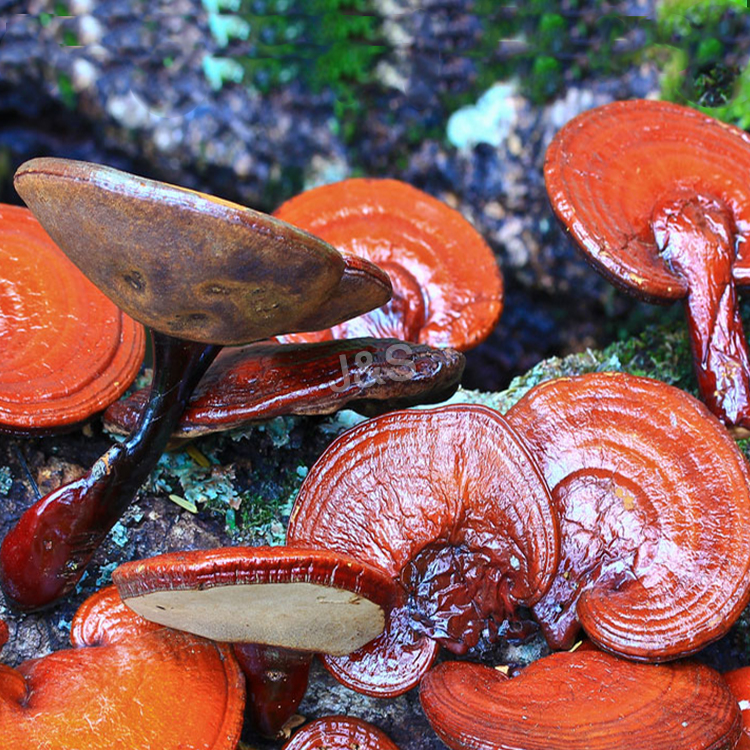2016 New Style Bilberry extract Factory from Malawi
2016 New Style Bilberry extract Factory from Malawi Detail:
[Latin Name] Vaccinium myrtillus l.
[Plant Source] Wild bilberry fruit cultivated from Sweden & Finland
[Specifications]
1) Anthocyanidins 25% UV (Glycosyl removed)
2) Anthocyanins 25% HPLC
3) Anthocyanins 36% HPLC
[Particle size] 80 Mesh
[Loss on drying] ≤5.0%
[Heavy Metal] ≤10PPM
[Pesticide residue] EC396-2005, USP 34, EP 8.0, FDA
[Storage] Store in cool & dry area, keep away from the direct light and heat.
[Package] Packed in paper-drums and two plastic-bags inside.
[General feature]
1. 100% extracted from European bilberry fruit, approved ID test from ChromaDex andAlkemist Lab;
2.Without any adultery of other relative species of Berries,such as Blueberry, Mulberry,Cranberry,etc;
3. Pesticide residue: EC396-2005, USP 34, EP 8.0, FDA
4. Directly import the frozen fruit from North Europe;
5. Perfect water solubility,water insolubles<1.0%
6. Chromatographic fingerprint match EP6 requirement
[What is bilberry fruit]
Bilberry (Vaccinium Myrtillus L.) is a kind of perennial deciduous or evergreen fruit shrubs, mainly found in subarctic regions of the world as in Sweden, Finland and Ukraine, etc. Bilberries contain dense levels of anthocyanin pigments, which was said popularly to have been used by World War II RAF pilots to sharpen night vision. In fork medicine, Europeans have been taking bilberry for a hundred years. Bilberry extracts entered the healthcare market as a kind of dietary supplement for effects on vision enhancement and visual fatigue relief.
[Function]
Protect and regenerate rhodopsin and cure the eye diseases;
Prevent the cardiovascular diseases
Antioxidant and anti-aging
Softening blood capillary, enhancing the heart function and resisting cancer
Product detail pictures:
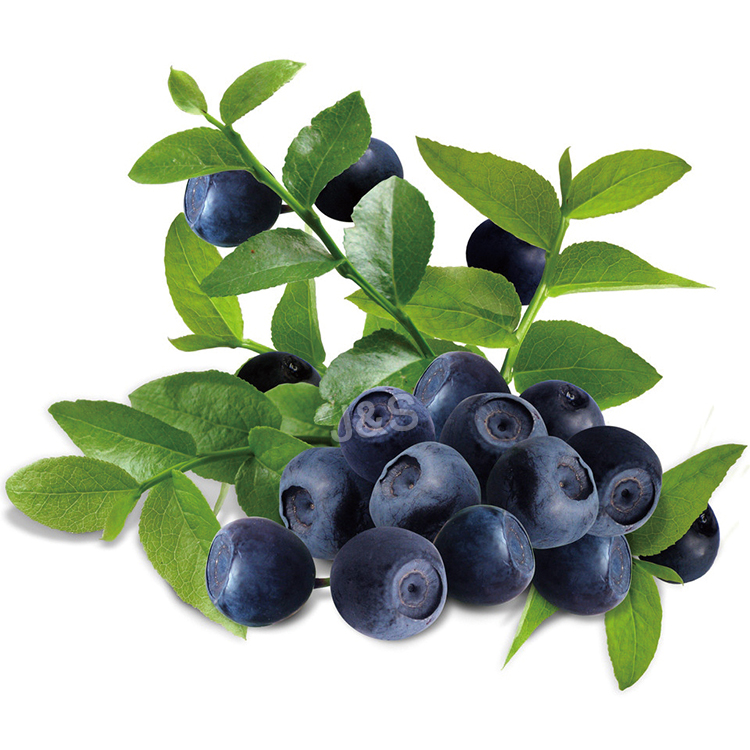
Related Product Guide:
We've been convinced that with joint efforts, the enterprise between us will bring us mutual benefits. We could guarantee you item excellent and aggressive price tag for 2016 New Style Bilberry extract Factory from Malawi , The product will supply to all over the world, such as: Mumbai, kazan, Macedonia, Our advantages are our innovation, flexibility and reliability which have been built during last 20 years. We focus on providing service for our clients as a key element in strengthening our long-term relationships. The continual availability of high grade products in combination with our excellent pre- and after-sales service ensures strong competitiveness in an increasingly globalized market.
Mrs.Vahchef is very fond of cooking and her Recipes are very unique and fit for busy women specially working women
DESCRIPTION:
Pumpkin chutney South Indian recipe and can be served as raitha with biryani rice.
INGREDIENTS:
Mustard seeds ¼ tsp
Fenugreek seeds 1 pinch
Oil 2 tbs
Yellow pumpkin(finely chopped) 1 cup
Green chillies 5-6 nos
Coriander leaves ¼ bunch
Salt To taste
Yogurt 1 cup
Fresh coconut(grated) 1-2 tbs
METHOD:
1. Take a pan and add mustard seeds, fenugreek seeds and dry roast it, later transfer into blender and blend it once.
2. Heat oil in same pan and add yellow pumpkin, green chillies, coriander leaves and saute into 2 mins, later transfer into blender and add salt to blend into coarse paste.
3. Take a bowl and add yogurt, coarse paste, coconut and mix nicely.
4. Check for seasoning and if required add salt.
5. Now pumpkin chutney is ready to serve with biryani.
Please the doctors who know nutrition and see if this is good for you. Let me know if you have a question: kangzongxiu@yahoo.com product info; www.marketamerica.com/ww
In our cooperated wholesalers, this company has the best quality and reasonable price, they are our first choice.
